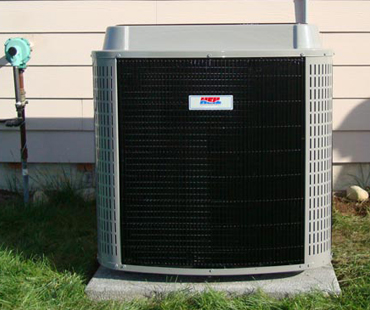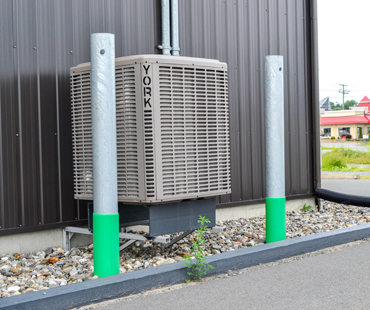Heat pumps are devices that transfer heat energy from a heat source to a heat sink – an electronic device that has a fan or some other cooling device such as a Peltier device that keeps a hot component cool. They are made in such a way that thermal energy is moved in the direction opposite to that of heat flow. This is achieved by absorbing heat from a cool place and transferring it to a warm place, a task that requires some external power.
Common examples of places where heat pumps are used include air conditioners and freezers. For instance, a heat pump can be part of the air conditioning system in a home where it uses the air outside to either cool or heat the home as the case may be. In this case, there will be two parts of this heat pump air conditioner system: an indoor unit referred to as an air handler, and the outdoor unit which is the heat pump. However, heat pumps are also found in various heating, ventilating and air conditioning (HVAC) devices used for cooling or heating a space.
How a Heat Pump Works
Mechanical heat pumps function using a fluid known as a refrigerant. This is a volatile fluid that evaporates and condenses rapidly thereby absorbing and releasing heat as it travels through the heat pump.
In gaseous form, the refrigerant is pressurized, heated and moved through the system by a component called a compressor, to its discharge side. Here, the hot vaporized refrigerant is cooled by releasing the heat in a heat exchanger referred to as a condenser, until it returns to a liquid state. Still highly pressurized, the now liquid refrigerant is moved further through a metering device such as an expansion valve or turbine to lower its pressure. The low-pressure liquid refrigerant then moves to the evaporator where it absorbs heat until it becomes gaseous, then goes back to the compressor and repeats the entire cycle.



